The long cold days of late spring
have given way to hot and sunny days here in Tidewater.
And sun and warmth are two conditions perfect
for one of my favorite field flowers: Queen Anne's lace, daucus carota.

Photo, shenandoahvalleyflowers.com
According to the New World Encyclopedia, Queen Anne's lace
is the forerunner to the cultivated carrot (daucus carota, subspecies sativus).
The Encyclopedia says the origin of the carrot species
is present-day Afghanistan. That wouldn't have been my guess.
I would have more easily guessed that Queen Anne's lace
is related not only to carrot, but also to parsley, fennel and dill.

morguefile.com
Yet, I don't think of any of these herbs when I see Queen Anne's lace
growing in fields and along roads.
I just love the white lace cap and the way the wildflowers sway gracefully in the breeze.
There is a tiny dark red dot in the middle
that is said to attract bees and butterflies
that is said to attract bees and butterflies
and other insects which frequent the blossoms.
In this photo, the red dot looks like a small black bug:

morguefile.com
That red dot is a feature often overlooked,
as is the pale violet tinge the blossoms have before they open fully,
or the way the umbel closes into a cup when dried,
giving Queen Anne's lace its nickname "bird's nest."
Getting up close is the only way
to really appreciate the secrets of wildflowers.
And Queen Anne's lace is full of little mysteries.
Tomorrow, Still Waters blogs looks at the evil cousin
of Queen Anne's lace.
Don't miss it!
Tomorrow, Still Waters blogs looks at the evil cousin
of Queen Anne's lace.
Don't miss it!
<>



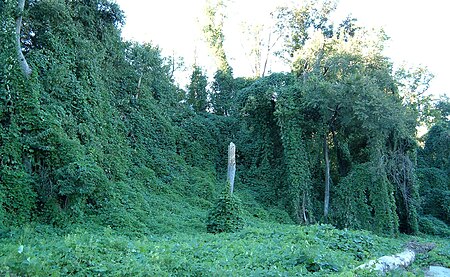
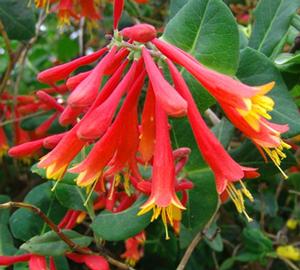



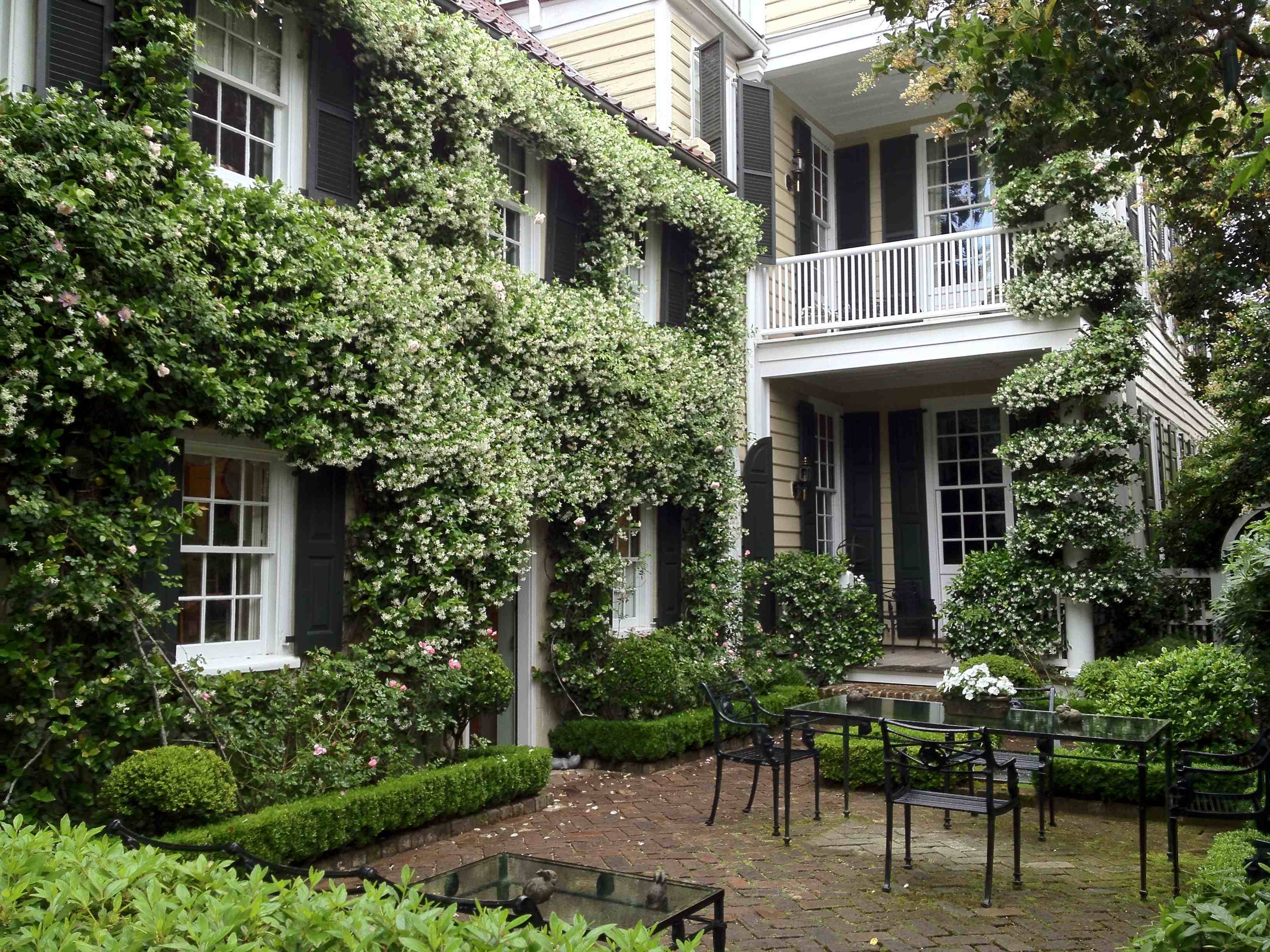









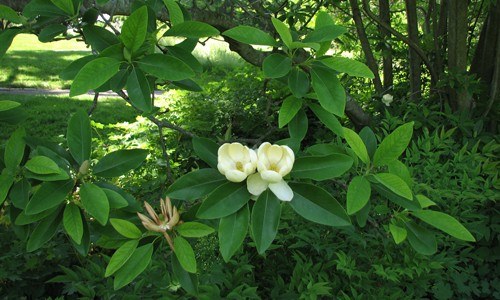




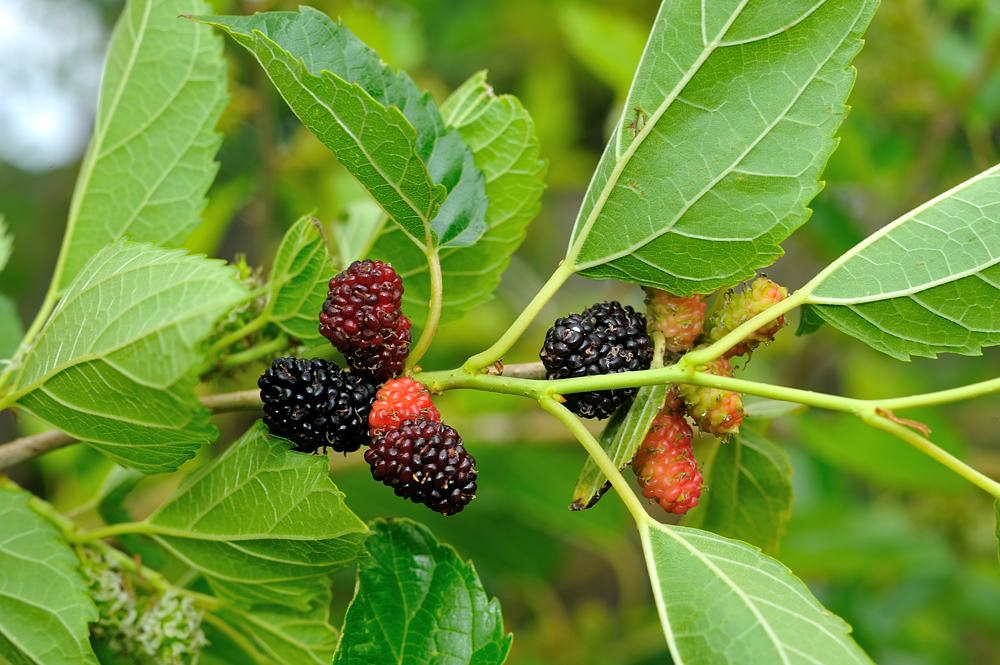










.jpg)



.jpg)








